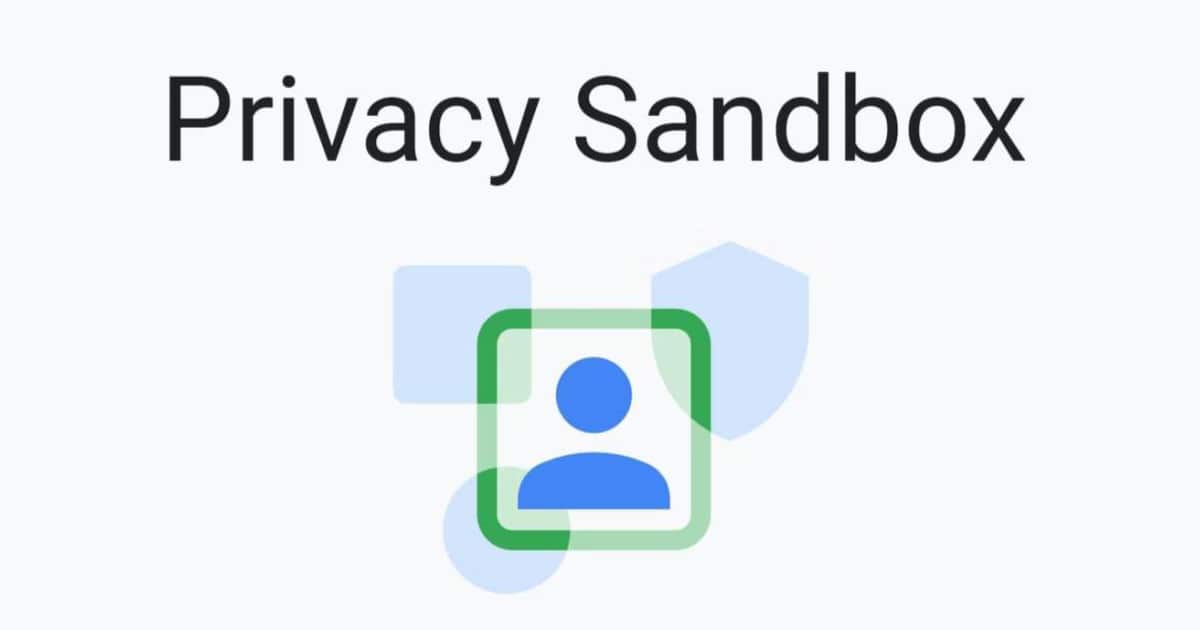Google is bringing ‘Privacy Sandbox’, initially launched for Chrome in 2019, to Android in an effort to limit cross-app tracking and balance user privacy. Anthony Chavez, VP, Product Management, Android Security & Privacy, said in a blog post that the company will attempt to create “new, more private advertising solutions,” on Android with the move.

Google to overhaul Android ad tracking with ‘Privacy Sandbox’ like Apple’s ATT feature
In a blog post, Google announced a multi-year project named Privacy Sandbox. The aim of this initiative is to limit user data shared with third-party apps making it difficult for advertisers to build a profile of users for targeted advertising.
Today, we’re announcing a multi-year initiative to build the Privacy Sandbox on Android, with the goal of introducing new, more private advertising solutions. Specifically, these solutions will limit sharing of user data with third parties and operate without cross-app identifiers, including advertising ID.
The new initiative sounds similar to Apple’s App Tracking Transparency (ATT) which was launched as a part of iOS 14.5 in 2021. However, unlike ATT, which requires apps to ask for user consent before cross-tracking them, Google’s Privacy Sandbox will limit the app’s ability to track users by default. Google will also look at new ways to enable mobile advertising while preserving user privacy.
In the announcement post, Google went after Apple’s ATT rules saying “blunt approaches are proving ineffective” and that “other platforms have taken a different approach to ads privacy, bluntly restricting existing technologies used by developers and advertisers.” According to Google, the aim of Privacy Sandbox is for “users [to] know their information is protected, and developers and businesses have the tools to succeed on mobile”.
According to Google’s blog post, ‘Privacy Sandbox’ on Android will help “develop effective and privacy-enhancing advertising solutions, where users know their information is protected, and developers and businesses have the tools to succeed on mobile”.
These solutions will take time to roll out and Google plans to support existing advertising platform features for at least two years. It will also provide developers with “substantial notice ahead of any future changes.” A beta release for the framework is expected by the end of the year.
Read more: